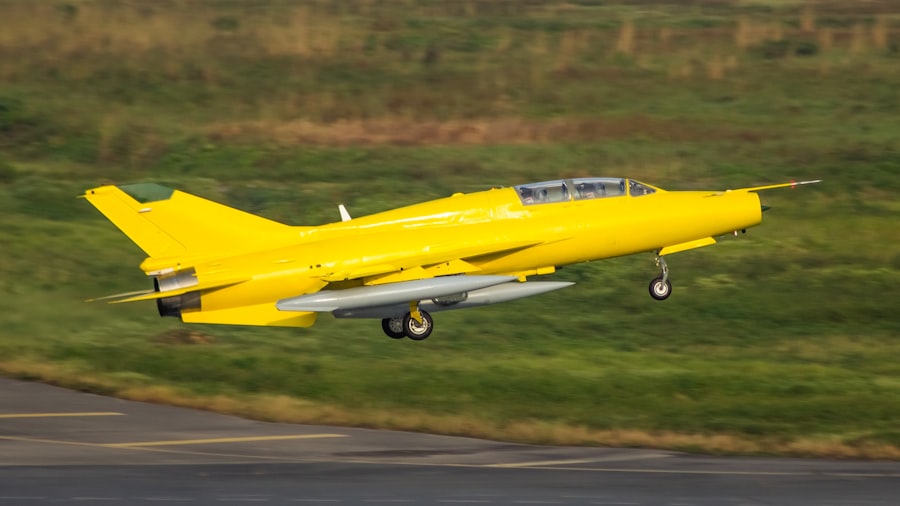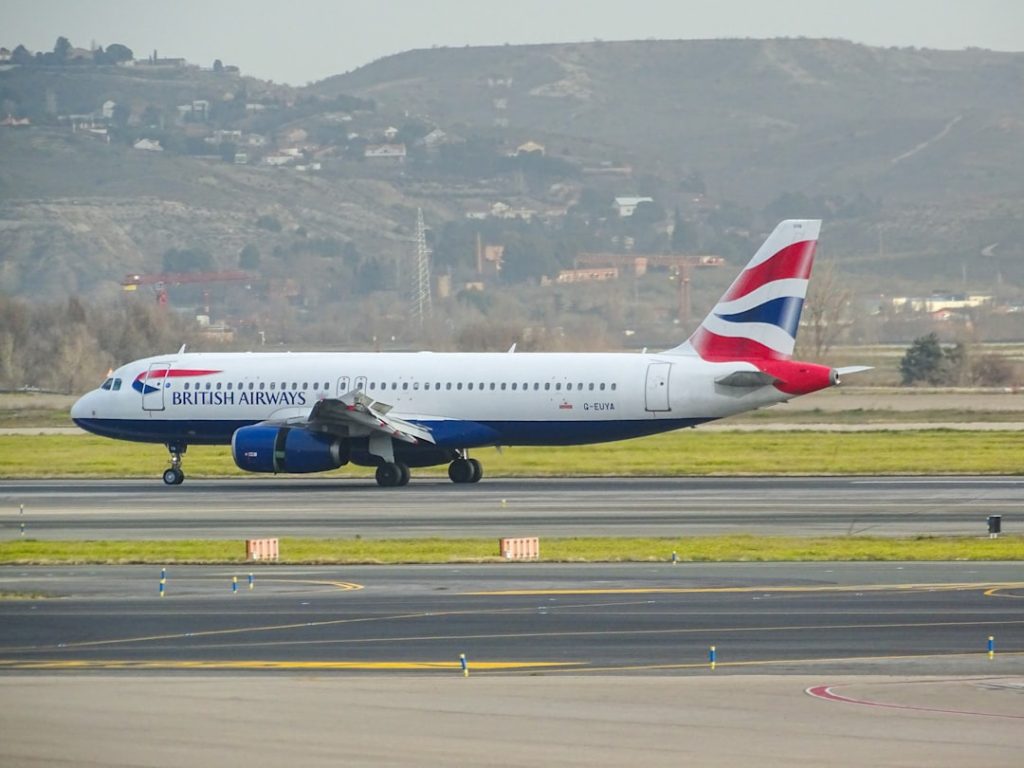The British Aerospace 146 (BAe 146) is a regional jet that has carved a niche for itself in the aviation industry since its inception. Known for its distinctive high-wing design and four-engine configuration, the BAe 146 is celebrated for its versatility and ability to operate from short runways, making it particularly suitable for regional and commuter airlines. Its quiet operation and fuel efficiency have also made it a favorite among operators looking to serve smaller airports with limited infrastructure.
The aircraft’s unique characteristics have allowed it to thrive in various roles, from passenger transport to cargo operations, and even as a platform for specialized missions. The BAe 146’s design philosophy emphasizes reliability and operational flexibility, which has contributed to its longevity in the market. With a seating capacity typically ranging from 70 to 112 passengers, it strikes a balance between capacity and comfort, catering to regional travel demands.
The aircraft’s ability to operate in challenging environments, including short and unpaved runways, has made it an invaluable asset for airlines operating in remote or underserved regions. As the aviation landscape continues to evolve, the BAe 146 remains a testament to British engineering prowess and innovation.
Key Takeaways
- The British Aerospace 146, also known as the BAe 146, is a short-haul airliner developed and manufactured by British Aerospace in the 1980s.
- The BAe 146 was designed to operate on short runways and in regional airports, making it a popular choice for regional airlines and cargo operators.
- With its distinctive high-wing design and four engines mounted on the rear fuselage, the BAe 146 offers excellent performance and versatility for various operational needs.
- The BAe 146 has a maximum cruising speed of 468 knots and a range of 1,800 nautical miles, making it suitable for both passenger and cargo transportation.
- Despite being retired from commercial service in many parts of the world, the BAe 146 continues to be used for firefighting, military transport, and private charter flights, showcasing its enduring legacy and appeal.
History and Development of the BAe 146
The origins of the BAe 146 can be traced back to the late 1970s when British Aerospace recognized a growing demand for regional air travel. The aircraft was developed in response to the need for a quiet, efficient, and versatile regional jet that could serve smaller airports. The first prototype took to the skies on September 3, 1981, marking a significant milestone in its development.
The aircraft was designed with input from various stakeholders, including airlines and pilots, ensuring that it met the practical needs of operators. The BAe 146 entered service in 1983 with British Airways’ regional subsidiary, and its introduction was met with enthusiasm from both airlines and passengers. Its quiet operation was particularly noteworthy, as it was one of the first jets designed to comply with stringent noise regulations imposed by airports.
Over the years, several variants of the BAe 146 were developed, including the BAe 146-100, -200, and -300 models, each offering different seating capacities and range capabilities. The aircraft’s adaptability allowed it to be used in various roles beyond passenger transport, including cargo operations and military applications.
Design and Features of the BAe 146

The design of the BAe 146 is characterized by its high-wing configuration and four turbofan engines mounted on pylons above the wings. This design not only enhances aerodynamic efficiency but also contributes to reduced cabin noise levels, making for a more pleasant passenger experience. The aircraft’s spacious cabin is designed to accommodate various seating configurations, allowing airlines to tailor the interior layout to their specific needs.
The cabin features large windows that provide ample natural light, contributing to an airy atmosphere. One of the standout features of the BAe 146 is its ability to operate from short runways, thanks in part to its powerful engines and advanced wing design. The aircraft is equipped with leading-edge slats and large flaps that enhance lift during takeoff and landing, enabling it to access airports that may be off-limits to larger jets.
Additionally, the BAe 146’s robust landing gear is designed to withstand rough terrain, further expanding its operational capabilities. The aircraft’s versatility extends beyond passenger transport; it has been adapted for cargo operations with modifications that allow for easy loading and unloading of freight.
Performance and Specifications of the BAe 146
| Performance and Specifications of the BAe 146 | |
|---|---|
| Manufacturer | British Aerospace |
| First flight | 3 September 1981 |
| Introduction | 1983 |
| Role | Regional jet airliner |
| Length | 28.6 m |
| Wingspan | 26.3 m |
| Height | 8.61 m |
| Maximum speed | 787 km/h |
| Range | 2,600 km |
| Capacity | 70-112 passengers |
The performance specifications of the BAe 146 are impressive for a regional jet of its size. The aircraft is powered by four Honeywell LF507 turbofan engines, which provide a thrust range of approximately 18,500 pounds each. This configuration allows the BAe 146 to achieve a maximum cruising speed of around 0.70 Mach, making it competitive within its class.
The aircraft’s range varies depending on the specific model; for instance, the BAe 146-300 has a maximum range of approximately 1,500 nautical miles, enabling it to connect regional markets effectively. In terms of operational efficiency, the BAe 146 boasts a low noise footprint and reduced emissions compared to older aircraft models. Its fuel consumption is optimized through advanced aerodynamics and engine technology, allowing operators to maintain profitability while adhering to environmental regulations.
The aircraft’s maximum takeoff weight (MTOW) varies by model but generally falls within the range of 100,000 pounds. This capability allows airlines to carry a substantial payload while still benefiting from the operational advantages of a regional jet.
Operational Use and Legacy of the BAe 146
The operational use of the BAe 146 has been diverse, with airlines around the world employing it for various purposes. Its ability to serve short-haul routes efficiently has made it a staple for regional carriers in Europe and beyond. Airlines such as British Airways, Air France, and Swissair have utilized the BAe 146 extensively in their fleets, capitalizing on its reliability and performance in regional markets.
Additionally, many operators have found success using the aircraft for charter services, connecting smaller cities with major hubs. Beyond passenger transport, the BAe 146 has also made significant contributions in other sectors. Its adaptability has led to its use as a freighter in cargo operations, where it can transport goods efficiently between regional airports.
Furthermore, military variants of the BAe 146 have been employed for various roles, including troop transport and medical evacuation missions. The aircraft’s legacy is marked by its ability to meet evolving market demands while maintaining a reputation for safety and reliability.
The BAe 146 in Popular Culture

The BAe 146 has not only made its mark in aviation but has also found a place in popular culture. Its distinctive appearance and operational capabilities have made it a subject of interest in various media forms. The aircraft has appeared in numerous documentaries focusing on aviation history and technology, showcasing its unique design features and operational versatility.
Additionally, aviation enthusiasts often highlight the BAe 146 in discussions about regional jets due to its iconic status. In film and television, the BAe 146 has occasionally been featured as a backdrop for scenes involving air travel or as part of larger narratives centered around aviation. Its presence in popular culture serves as a reminder of its significance within the aviation community and its role in shaping regional air travel dynamics over several decades.
The aircraft’s design has also inspired model enthusiasts who create detailed replicas for display or flight simulation purposes.
The Future of the BAe 146
As aviation technology continues to advance, questions arise about the future of older aircraft models like the BAe 146. While newer jets with advanced fuel efficiency and lower emissions are entering service, many operators still find value in maintaining their existing fleets of BAe 146s due to their operational flexibility and reliability. Some airlines have opted for retrofitting their BAe 146s with modern avionics and systems upgrades to extend their service life while meeting current regulatory standards.
Moreover, there is a growing interest in sustainable aviation practices that could influence the future of older aircraft models like the BAe 146. As airlines seek ways to reduce their carbon footprint, discussions around converting existing fleets into more environmentally friendly options are gaining traction. This could involve exploring alternative fuels or hybrid-electric propulsion systems that align with global sustainability goals while preserving the operational advantages that have made the BAe 146 a beloved choice among regional carriers.
The Enduring Appeal of the BAe 146
The British Aerospace 146 stands as a remarkable example of engineering ingenuity within the realm of regional aviation. Its unique design features, operational versatility, and legacy of reliability have solidified its place in aviation history. As airlines continue to navigate an ever-changing landscape marked by technological advancements and environmental considerations, the enduring appeal of the BAe 146 remains evident.
Whether serving passengers on short-haul routes or adapting for specialized missions, this aircraft continues to be celebrated for its contributions to regional air travel and beyond.


